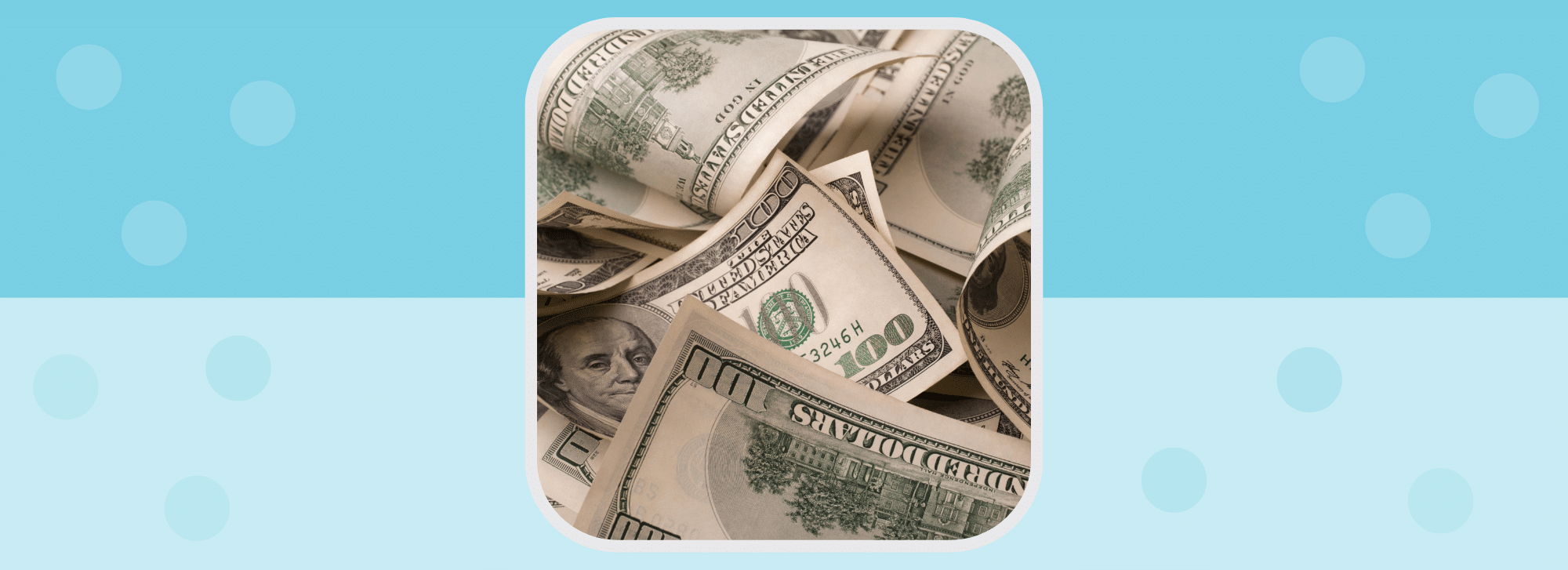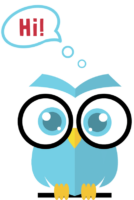How to Use Donors Choose to Get What You Need for Your Classroom
You’re always looking for ways to add books to those growing bookshelves, right?
Going to your local used bookseller is one option. Another option is to apply for funding with Donors Choose. If you haven’t heard of this organization, you need to check it out! By connecting classrooms in need with people who want to give teachers and students the tools they need to succeed, Donors Choose has made it possible for you to crowd-fund your classroom resources.
So, whether you need sets of books, access to supplementary resources, bouncy seats, or book bins, Donors Choose can connect you with people who want to help.

Step 1: Create an account
Visit DonorsChoose.org to create an account. Here's a link to their "Getting Started Page".
Step 2: Decide What You Need
Do you wish you had more copies of the books you want to use for book club and small group instruction? Perhaps you'd like to give every student a new reader's notebook. Maybe you want to build your classroom library. Chances are your list is long. So get started by making a dream list of resources - go big with this one. It's your chance to really think about the ways in which funding could help you make a difference for your students - plus it will feel good to write down all of the ways you want to help your students.
Then read your wish list. You'll realize that some of your resources are a higher priority than others. So choose the 5 most important resources that you want to give your students. Jot down the reason why you need what you're requesting next to each of your 5 most important items.
Step 3: Cost it out and create your application
Your first Donors Choose project must be under $400. Donors Choose provides you with vendors that you can use to check on pricing for just about any classroom resource. A sample funding request might look something like this:
10 copies of your favorite trade book (check out the BookPagez Resource Library for inspiration)
10 copies of a chapter book for Book Clubs
2 Copernicus book bins to organize the new books
30 composition books to use as readers notebooks
An annual subscription to BookPagez (we couldn't resist!)
Once you have identified the set of resources you'd like funding for, it's time to create your application and fund your project! Here are some guidelines to help you clearly communicate why you need funding and why donors should fund you:
Tell Who You Are - It's important for donors to understand who they are choosing to fund. Provide them with a little bit of background information about you and the students you teach. By sharing some information about your classroom, you make it easier for the donors to connect with you. Which, in turn, will make them more likely to want to fund you.
Tell What You Need - It's important for donors to understand exactly what they are funding. Provide them with some specific information about what you need. But be careful with your language. Chances are the people who fund you will not be educators, so stay away from educational jargon or acronyms.
Tell Why You Need It - It's important for donors to make the connection between what you need and why having the resources will help students succeed. Take the time to explain how the resources you're requesting will better support student learning. Provide some statistics, quotes from professional development literature, or links to professional development sites that support the use of the resources you are requesting.
Tell Why Donors Should Care - It's important for donors to understand the impact they can make by funding your project. Provide them with some information about how the resources you're requesting connect with the educational initiatives of your school, better support your curriculum, or make more successful learning possible. Or ask some of your students to explain why the resources you're seeking funding for matter to them. Donors want to know that they are making a difference. Help them to understand how their donation will impact your students.
Tell Donors What to Do Next - This part may seem obvious, but it's important to tell the donors what to do next. Tell them how much funding you're seeking. Ask them for their support. And tell them to click on the green "Give" button at the top of the screen. This type of closing is known as a "Call to Action". Including a call to action at the end of your project pitch signals to the donor that it's time to give.
Step 4: Promote your project
Now it's time to spread the word about your project. Here are some suggestions:
Put a link to your project on your classroom website, or your Facebook page, or publish a link in your classroom newsletter
In some cases, Donors Choose may offer you a Friends and Family promo code to help you get funded more quickly. Write an email to parents telling them about your project and include the promo code.
Some corporations and local businesses love to fund schools. Send an email to any business that might be interested in your project. Check out your local Chamber of Commerce or look for companies that will match funding. Double the Donation makes it easy for big companies to donate to nonprofits. Here's a list of big companies who might donate to your project. Send them an email. You never know what you can get if you don't ask.
If you're shy about asking for funding, try putting the link to your Donors Choose teacher page in your email signature. Or, better yet, include a PS: at the end of every email you send during the gift-giving season. You may see fewer mugs and more donations supporting the needs of your classroom!
Follow Up: Send thank you notes and photos
After you've been funded, Donors Choose will ask you to submit photos and an impact letter. This is a good time to teach your students about gratitude. Have them write thank you notes to donors and upload information on the impact the donation had on your classroom to your Donors Choose page. Sharing the impact the donation had on your classroom will allow you to submit future applications for funding projects. Your next project will have a higher funding cap, allowing you to ask for resources that can cost up to $1,000 (enough for several sets of books) and progress to $3,000 (enough for an author visit or field trip!).


